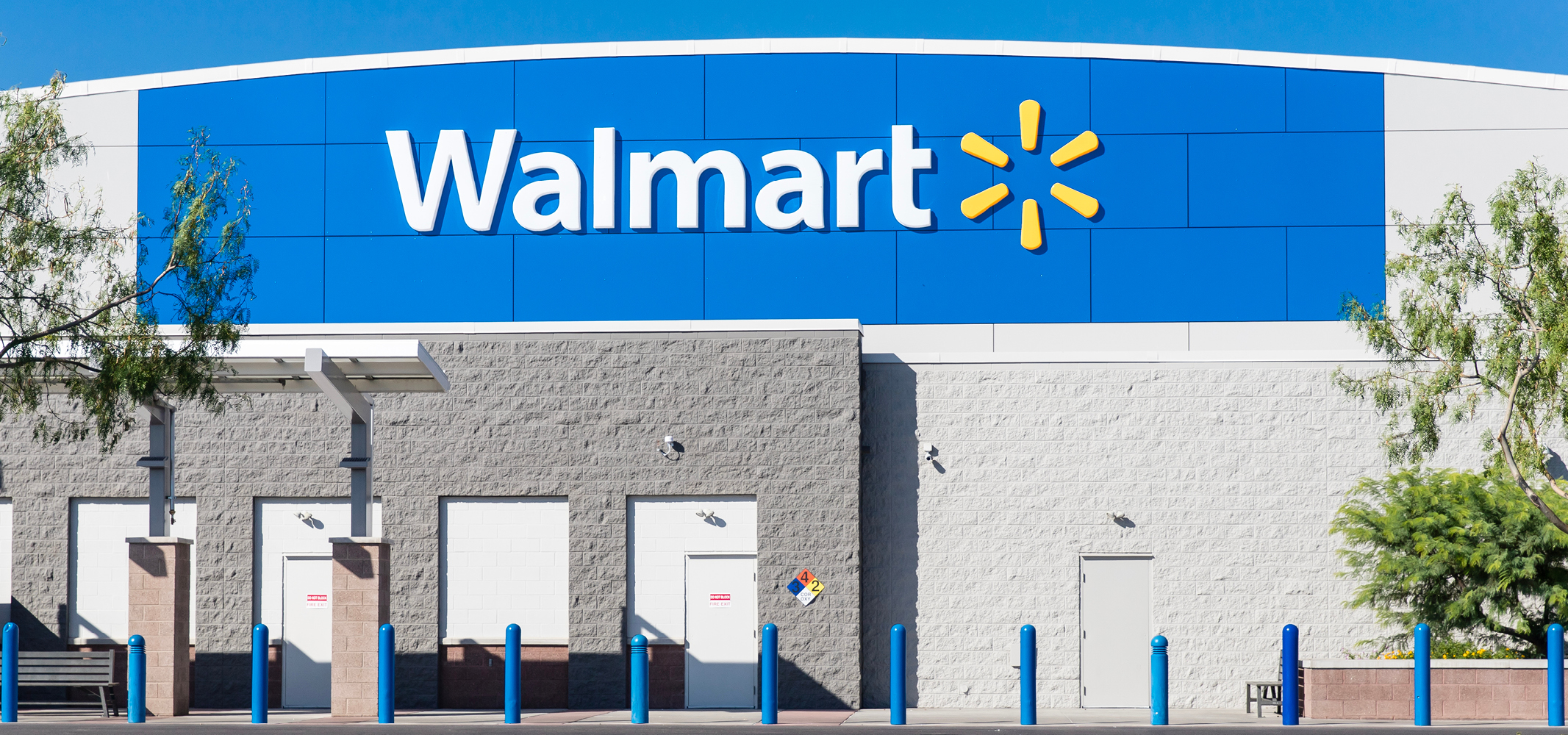Bitcoin is considered one of the greatest innovations of recent years. However, every rapid development brings with it problems, as in the case of Bitcoin. Above all, scalability turns out to be a challenge. As a reaction to this, Bitcoin Cash was finally created through a Bitcoin hard fork.
The Bitcoin transaction speed is very slow at about 7 transactions per second. It was decided that Bitcoin could not grow in the long term unless the transaction rate was set significantly high. Some demanded an increase of the blocksize limit to be able to process more transactions. Others criticized, however, that too large blocks could lead to new problems. The increased throughput of transactions could lead to security risks and system instability.
As the community failed to reach an agreement, a hard fork was held on August 01, 2017, which marked the birth of Bitcoin Cash, the coin uses the same code base as Bitcoin with some changes.
The company sees itself as a peer to peer digital currency for the Internet. The focus is on the transaction rate with the lowest possible fees.
The first step towards the goal was to increase the block size. As already mentioned, this involves certain risks, which were taken into account in the development of Bitcoin Cash. Certain protective adjustments were made to fill gaps and make the system safer for everyone.
– Replay- and Wipeout protection
– On-Chain Scalability
– New transaction signatures
– Emergency Difficulty Adjustments
– Scripting Commands










Leave A Comment
You must be logged in to post a comment.